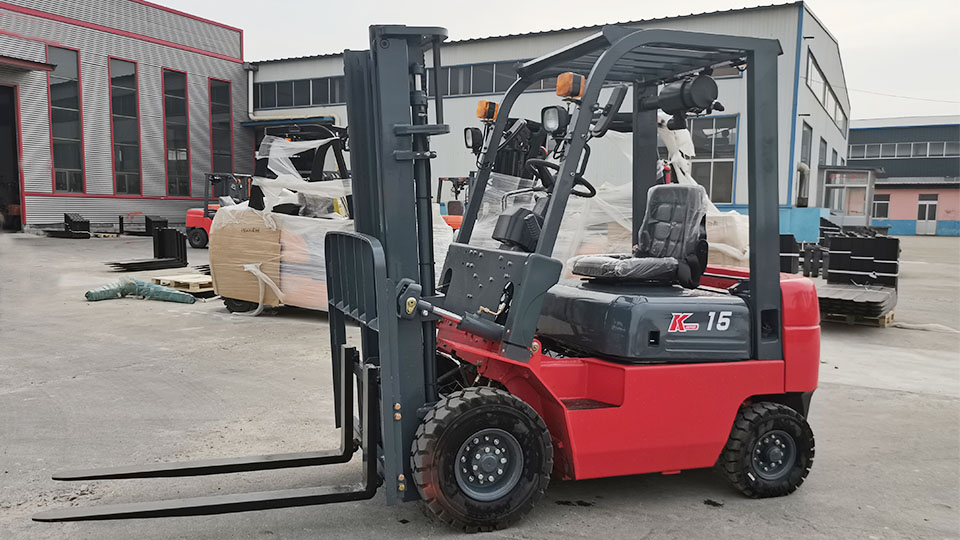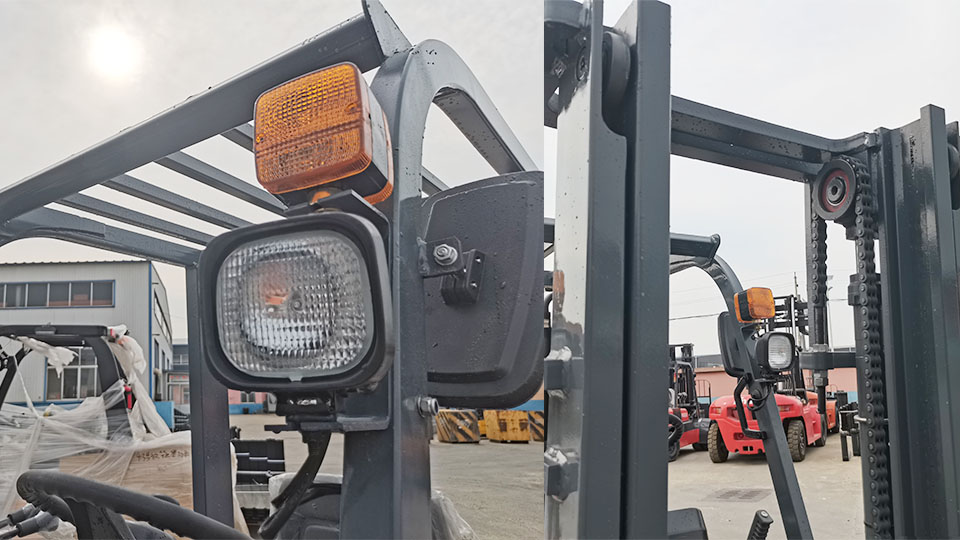
I. Introduction
Forklift trucks are the backbone of material handling in countless industries, from warehousing and manufacturing to construction and retail. Their ability to lift, move, and stack heavy loads efficiently makes them indispensable. However, the cost of a forklift can vary significantly, depending on numerous factors. This article aims to provide a comprehensive guide to understanding forklift pricing, exploring the different types of forklifts, the factors influencing their cost, and the various financial considerations involved in purchasing or leasing these essential machines.
II. Types of Forklifts and Their Price Ranges
Warehouse forklifts, reach trucks, and pallet jacks are common electric models.
Price ranges vary widely, typically from $15,000 to $50,000+ for warehouse models, depending on lift capacity, battery type (lead-acid vs. lithium-ion), and features. Lithium-ion battery models typically cost more upfront but offer long-term savings. Pallet jacks can be much less expensive.
Internal Combustion (IC) Forklifts:
LPG, gasoline, and diesel forklifts are powered by internal combustion engines.
Price ranges generally fall between $20,000 and $60,000+, depending on fuel type, lift capacity, and terrain capabilities. Diesel models often are the most expensive.
Rough Terrain Forklifts:
Designed for outdoor use on uneven surfaces, these forklifts are common in construction and agriculture.
Price ranges can be $30,000 to $100,000+ due to their rugged design and specialized features.

Specialty Forklifts:
Side loaders, telescopic handlers, and other niche models cater to specific applications.
Price ranges vary widely, often exceeding $100,000 for complex models with unique features.
III. Factors Influencing Forklift Prices
Lift Capacity:
Higher lift capacities command higher prices. A 3,000-pound capacity forklift will cost less than a 10,000-pound capacity model.
Common capacity ranges include 3,000, 5,000, 8,000, and 10,000 pounds.
Lift Height:
Higher lift heights increase the cost due to the more complex mast and hydraulic systems.
Standard reach forklifts differ greatly in price from very high reach forklifts.
Fuel Type and Power Source:
Electric forklifts with lithium-ion batteries have a higher upfront cost than lead-acid models but offer long-term savings.
Diesel forklifts tend to be more expensive than LPG or gasoline models.
New vs. Used Forklifts:
New forklifts command higher prices but come with warranties and the latest technology.
Used forklifts are more affordable but require careful inspection and may have higher maintenance costs.
Brand and Manufacturer:
Established brands like Toyota, Hyster, Mingyu and Crown typically have higher prices due to their reputation for reliability.
Less well-known brands may offer lower prices but may lack the same level of support.
Features and Options:
Added features like side shifters, cameras, and telematics increase the cost.
Customization and specialized attachments also add to the overall price.
Location and Dealer:
Regional price variations and dealer markups can affect the final cost.
Shipping and delivery costs can also add to the expense.
IV. Breakdown of Typical Forklift Costs
Electric Forklift Costs Breakdown:
Initial purchase price: $15,000 to $50,000+
Battery costs (lead-acid): $3,000 to $8,000
Battery costs (lithium-ion): $10,000 to $20,000+
Charger costs: $1,000 to $5,000
Maintenance and operating costs: Lower than IC forklifts.
IC Forklift Costs Breakdown:
Initial purchase price: $20,000 to $60,000+
Fuel costs: Significant, depending on usage and fuel type.
Maintenance costs: Higher than electric forklifts due to engine maintenance.
Emissions regulations and aftertreatment costs: Increasing costs for diesel models.

Rough Terrain Forklift Costs Breakdown:
Initial purchase price: $30,000 to $100,000+
Tire costs: Higher due to specialized tires.
Maintenance costs: Higher due to rugged use.
Durability and terrain-specific features: Increased costs.
V. Financing Options and Leasing
Forklift Financing:
Loan terms, interest rates, and down payments vary depending on creditworthiness.
Credit requirements and approval processes can be stringent.
Forklift Leasing:
Operating leases provide short-term use with lower monthly payments.
Finance leases offer long-term use with the option to purchase at the end of the lease.
Lease terms and conditions vary widely.
VI. Total Cost of Ownership (TCO) Considerations
Calculating TCO:
TCO includes initial purchase price, operating costs, maintenance costs, and depreciation.
Lifespan and resale value are also factors.
Long-Term Cost Analysis:
Comparing TCO of different forklift types helps determine the most cost-effective option.
Fuel and energy costs significantly impact TCO.
VII. Used Forklift Market and Valuation
Factors Affecting Used Forklift Prices:
Age, hours, condition, and maintenance records are crucial.
Market demand and availability also play a role.
Inspection and Due Diligence:
Thorough inspections are essential to identify potential issues and hidden costs.
Consider hiring a professional inspector.
Certified Pre-Owned Programs:
Buying certified pre-owned forklifts offers warranty and support options.
These programs provide added peace of mind.
VIII. Maintenance and Repair Costs
Preventative Maintenance:
Regular maintenance schedules reduce downtime and extend lifespan.
Costs vary depending on the type of forklift and maintenance plan.
Repair Costs:
Common repairs include hydraulic systems, engines, and electrical components.
Availability and cost of spare parts can vary.
Maintenance Contracts:
Maintenance contracts offer fixed costs and predictable expenses.
Coverage and terms vary depending on the provider.
IX. Impact of Technology and Innovations
Telematics and Fleet Management Systems:
Telematics systems track forklift usage and provide data for maintenance and efficiency.
These systems can reduce operating costs and improve safety.
Automation and Robotics:
Automated forklifts and AGVs offer long-term cost savings through increased efficiency.
Initial investment costs can be high.
Battery Technology Advancements:
Lithium-ion batteries offer significant advantages in terms of charging time and lifespan.
Future trends include solid-state batteries and wireless charging.
X. Conclusion
The cost of a forklift truck varies widely depending on numerous factors, including type, capacity, fuel source, and features. Making an informed purchasing decision requires careful consideration of these factors, as well as the total cost of ownership. Evaluating financing options, considering used forklifts, and understanding maintenance costs are also essential. As technology advances, new innovations will continue to impact forklift pricing and performance, making it crucial to stay informed about the latest trends.
Name: selena
Mobile:+86-13176910558
Tel:+86-0535-2090977
Whatsapp:8613181602336
Email:vip@mingyuforklift.com
Add:Xiaqiu Town, Laizhou, Yantai City, Shandong Province, China